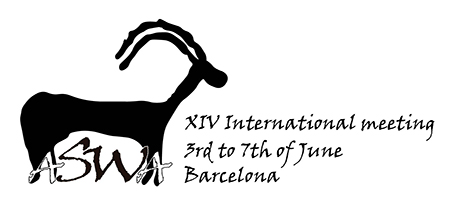Excavations undertaken at Girdi Qala in the frame of the Qara Dagh Project (Southern Kurdistan) yield a small faunal assemblage (about 1100 bones remains) dated to the beginning of the 4th Millennium BC. The faunal remains come from Middle Uruk domestic contexts of Trench D of Girdi Qala northern mound. The domestic areas exposed in Trench D constitute the first evidence of a South-Mesopotamian Middle-Uruk settlement east to the Tigris River and north to the Hamrin basin. Few comparative sites have been studied in the area and the animal bone assemblage provides unique insight into local diet and economic activities. The animal remains analysis and the subsistence basis exploration provide also information that may be used to further our understanding of the socio-cultural situation of the Uruk settlement of Girdi Qala.
|
|
|
By author > Vila Emmanuelle
Early Uruk village economy in the Southern Kurdistan (Iraq): The faunal analysis of Girdi Qala (Qara Dagh Project).
1 : Archéorient- Environnements et sociétés de l'Orient ancien
(Archéorient)
-
Website
CNRS : UMR5133
Maison de l'Orient et de la Méditerranée, 7 rue Raulin, 69007 Lyon -
France
2 : Emmanuelle VILA
CNRS
| Online user: 1 | RSS Feed |

|

 PDF version
PDF version